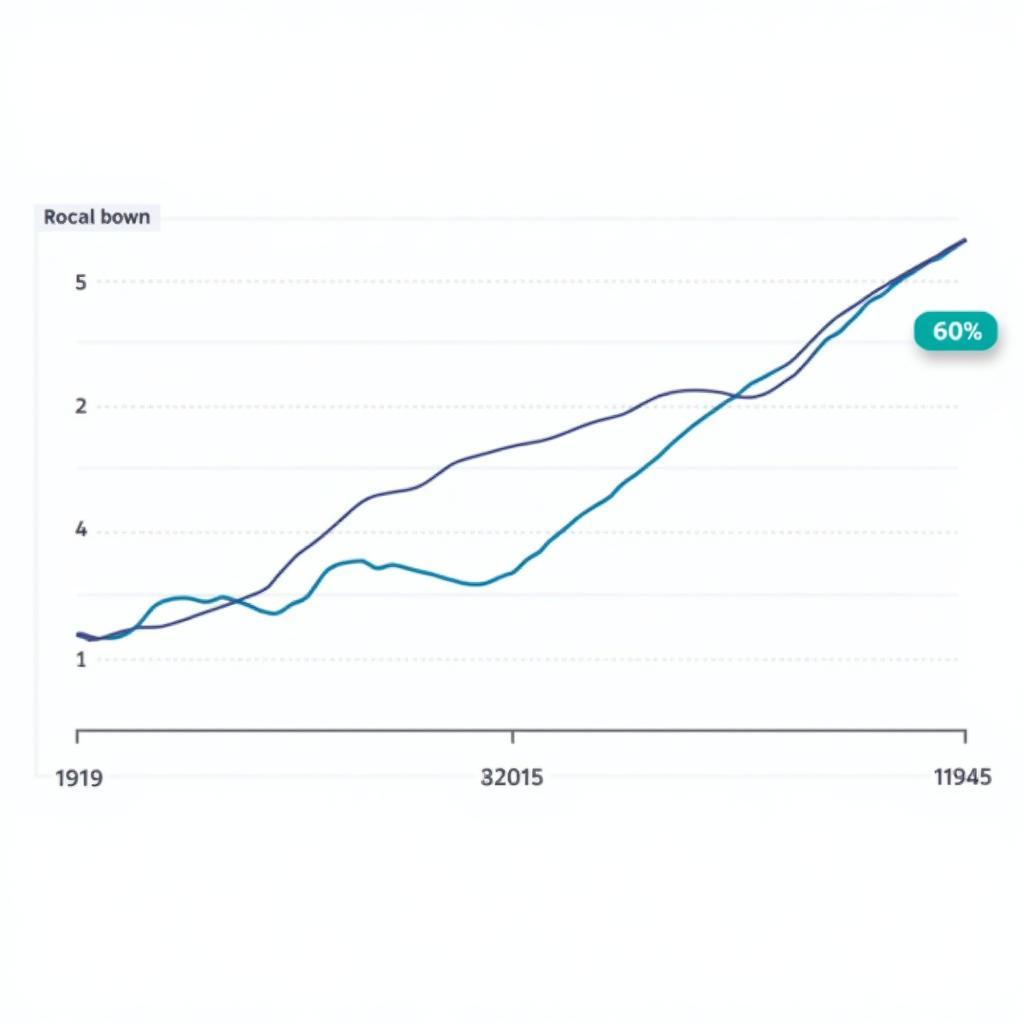Asean Bond Etfs offer a diversified investment opportunity in the burgeoning Southeast Asian economies. This guide explores the potential benefits and risks of investing in these ETFs, providing insights into their performance, key features, and outlook. Understanding these aspects is crucial for making informed investment decisions in the dynamic ASEAN region.
What are ASEAN Bond ETFs?
ASEAN bond ETFs track a specific index of bonds issued by governments and corporations within the Association of Southeast Asian Nations (ASEAN). They allow investors to gain exposure to a basket of bonds from various countries in the region, offering diversification and potential higher returns compared to investing in individual bonds. Investing in these ETFs provides an efficient way to access the relatively nascent but rapidly growing ASEAN bond market.
After reading through information like the one provided by ASE Capital Markets Review, you’ll be better equipped to navigate the investment landscape.
Why Invest in ASEAN Bond ETFs?
Several compelling reasons exist for considering ASEAN bond ETFs as part of your investment portfolio:
- Diversification: ASEAN bond ETFs spread investment risk across multiple countries and issuers, mitigating the impact of any single entity’s performance on the overall portfolio.
- Growth Potential: The ASEAN region is experiencing significant economic growth, driving demand for infrastructure and other development projects. This growth translates to increased bond issuance and potentially higher returns for investors.
- Access to Emerging Markets: ASEAN bond ETFs provide convenient access to emerging markets, which offer higher growth prospects compared to developed economies.
- Liquidity: ETFs are traded on stock exchanges, making them relatively easy to buy and sell compared to individual bonds.
- Cost-Effective: The expense ratios for ASEAN bond ETFs are typically lower than those of actively managed bond funds, reducing the overall cost of investing.
 ASEAN Bond ETF Market Growth Chart
ASEAN Bond ETF Market Growth Chart
Assessing the Risks of ASEAN Bond ETFs
While ASEAN bond ETFs offer promising investment opportunities, potential risks should be carefully considered:
- Currency Risk: Fluctuations in exchange rates between the investor’s currency and the currencies of ASEAN countries can impact returns.
- Interest Rate Risk: Changes in interest rates can affect the value of bond ETFs. Rising interest rates typically lead to lower bond prices.
- Political and Economic Risks: The ASEAN region is susceptible to political instability and economic volatility, which can negatively impact bond markets.
- Liquidity Risk: While generally liquid, some ASEAN bond ETFs may experience lower trading volumes compared to ETFs focused on developed markets. This can make it more difficult to buy or sell at desired prices.
Key Factors to Consider Before Investing
Before investing in ASEAN bond ETFs, it’s essential to conduct thorough research and due diligence:
- Fund Objective and Strategy: Understand the ETF’s investment objective and the underlying index it tracks.
- Expense Ratio: Compare expense ratios across different ETFs to minimize investment costs.
- Historical Performance: Analyze the ETF’s past performance, but remember that past performance is not indicative of future results.
- Credit Ratings: Assess the creditworthiness of the underlying bonds in the ETF. Lower credit ratings indicate higher risk.
- Trading Volume: Check the ETF’s trading volume to ensure sufficient liquidity.
You can gain a better understanding of some capital markets by accessing resources like ASE Capital Markets Ltd Login.
The Future of ASEAN Bond ETFs
The ASEAN bond market is expected to continue its growth trajectory, driven by increasing infrastructure spending and regional economic integration. This positive outlook presents promising opportunities for investors in ASEAN bond ETFs. However, navigating the evolving regulatory landscape and managing inherent risks will be crucial for maximizing returns. Looking at other investment opportunities in the region, such as the ASEAN 40 ETF, can provide a broader perspective on the investment landscape.
Conclusion
ASEAN bond ETFs offer a unique and potentially rewarding investment avenue into the dynamic Southeast Asian economies. By carefully analyzing the associated risks and opportunities and conducting thorough research, investors can make informed decisions about incorporating these ETFs into their portfolios and benefit from the region’s growth potential. Understanding the market nuances is essential for successful investment in ASEAN bond ETFs.
You can also explore additional resources on bond markets like the ASEAN 3 Bond Market Guide Korea for more specialized information.
FAQ
- What are the main benefits of investing in ASEAN bond ETFs?
- What are the potential risks associated with ASEAN bond ETFs?
- How do I choose the right ASEAN bond ETF for my portfolio?
- What are the future prospects for the ASEAN bond market?
- How do changes in interest rates and exchange rates affect ASEAN bond ETFs?
- What are some key factors to consider before investing in ASEAN bond ETFs?
- Where can I find more information about ASEAN bond ETFs?
For further assistance, please contact us at Phone Number: 0369020373, Email: aseanmediadirectory@gmail.com or visit our office at Thon Ngoc Lien, Hiep Hoa, Bac Giang, Vietnam. We have a 24/7 customer service team available to help.
